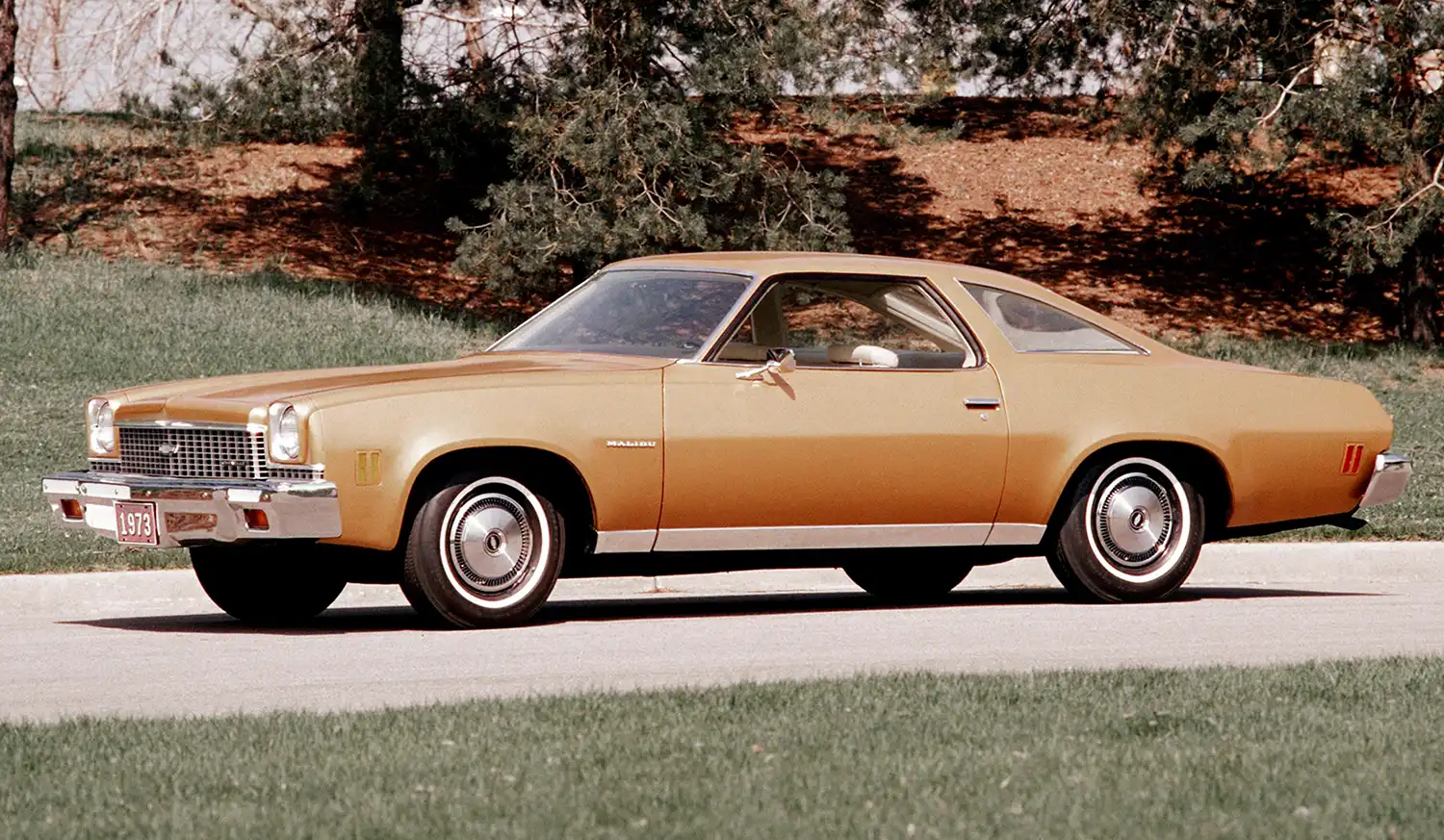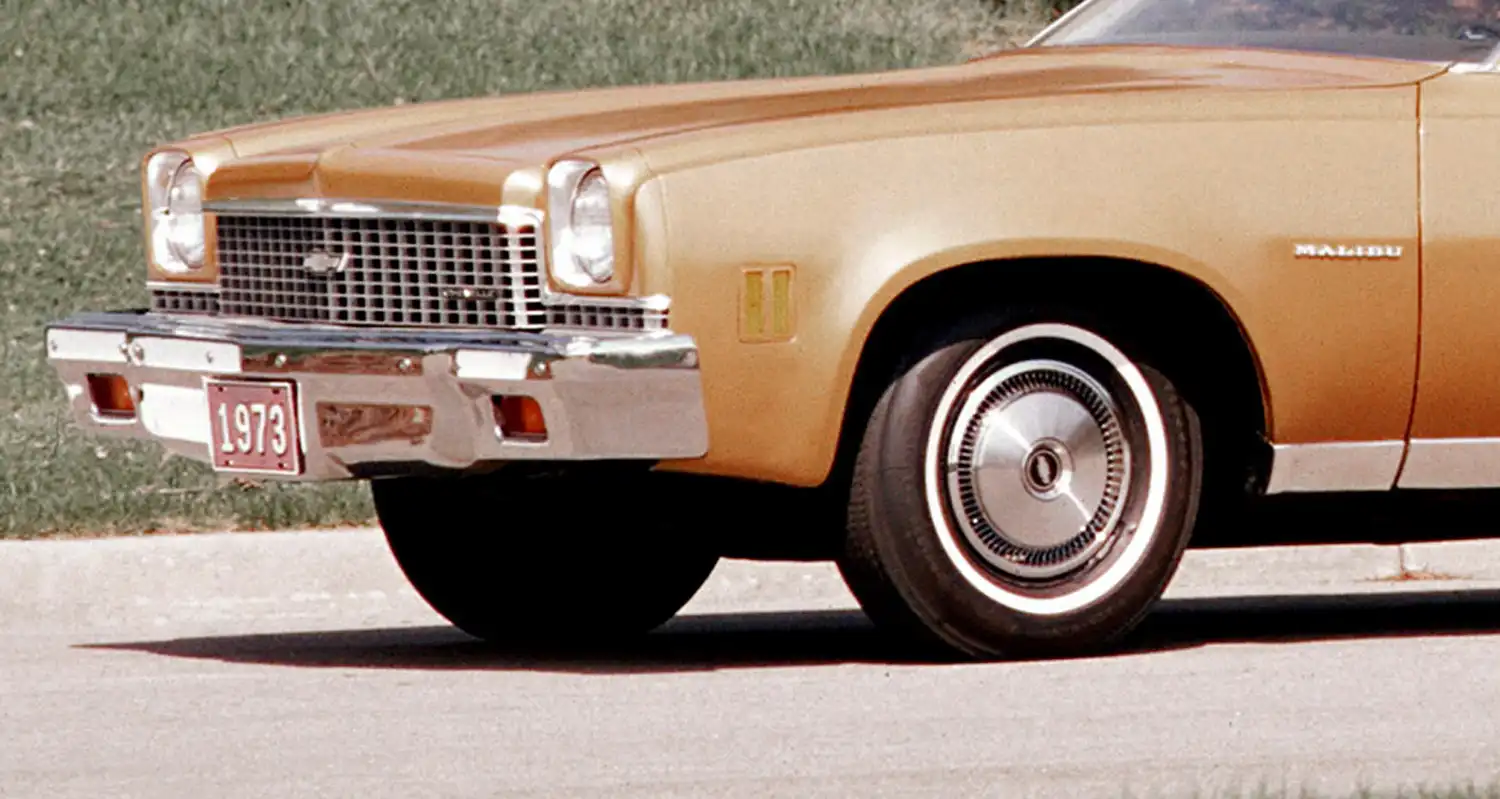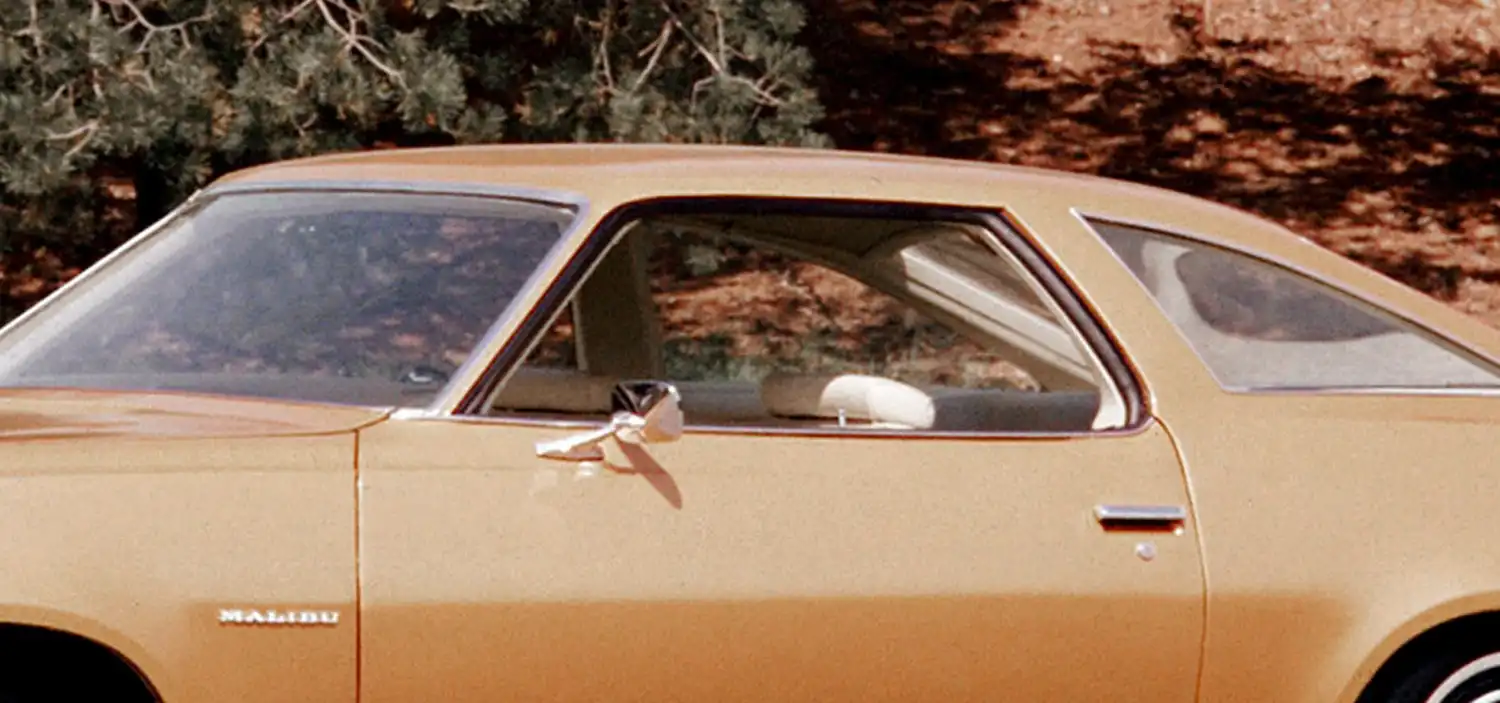
The “Colonnade” hardtops represent a significant era in American automotive design, primarily spanning the 1973 through 1977 model years. Introduced by General Motors across its Chevrolet, Pontiac, Oldsmobile, and Buick divisions, these intermediate-sized cars were characterized by their distinctive pillarless hardtop styling that incorporated fixed center pillars for enhanced rollover protection. This design shift came in response to evolving safety regulations and marked a departure from the traditional fully pillarless hardtops of the preceding decades. The “Colonnades” offered a blend of stylish aesthetics, increased interior space compared to compacts, and a range of engine options, catering to a diverse segment of the American car market during a period of significant change in the automotive landscape. This article explores the history, design characteristics, and impact of the “Colonnade” hardtop era.
A Response to Changing Times and Safety Concerns: The late 1960s and early 1970s brought increasing scrutiny on vehicle safety, particularly regarding roof crush in rollover accidents. While pillarless hardtops were stylish and popular, their structural integrity in such events was a growing concern. General Motors’ response was the “Colonnade” design. These cars retained the sleek, open feel associated with hardtops, thanks to frameless door glass, but incorporated fixed B-pillars that provided crucial structural support. This design aimed to offer a compromise between the stylish aesthetics consumers desired and the enhanced safety features regulators were demanding, marking a pivotal shift in hardtop construction.
Distinctive Design Language Across GM Divisions: While sharing the fundamental “Colonnade” architecture, each of GM’s divisions – Chevrolet, Pontiac, Oldsmobile, and Buick – applied its own unique styling cues to their intermediate hardtop models. Chevrolet’s Chevelle and Malibu, Pontiac’s LeMans and Grand Am, Oldsmobile’s Cutlass and Supreme, and Buick’s Century and Regal all adopted the fixed B-pillar hardtop design, but each featured distinct grilles, lighting treatments, body lines, and interior appointments that reflected their respective brand identities. This resulted in a diverse range of vehicles that, while sharing a common platform and roofline structure, offered distinct personalities and appealed to different buyer demographics.
Styling Characteristics of the “Colonnade” Era: The “Colonnade” hardtops were generally characterized by longer hood lines, shorter deck lids (compared to earlier intermediates), and a more substantial appearance. The fixed B-pillar was often integrated into the overall design with varying degrees of visual emphasis, sometimes being quite prominent and other times more subtly blended into the side window profile. Frameless door glass remained a key feature, allowing for a relatively open feel when the windows were down. The styling of these cars often reflected the trends of the 1970s, with flowing lines, integrated bumpers (in later years of the generation), and a variety of available roof treatments, including vinyl tops.

A Range of Powertrain Options for Diverse Needs: Engine and Performance: The “Colonnade” hardtops were offered with a wide array of engine options, ranging from economical inline six-cylinders to potent V8s, catering to different performance expectations and fuel economy considerations of the time. Base models often featured six-cylinder engines or smaller V8s suitable for everyday driving. However, performance enthusiasts could opt for larger displacement V8 engines, some of which carried over from the muscle car era, albeit often with reduced power outputs due to increasing emissions regulations. These larger engines provided significantly enhanced acceleration and a more sporty driving experience. Transmission choices typically included manual transmissions (three-speed and four-speed) and automatic transmissions (primarily three-speed), allowing buyers to further tailor the car to their preferences. The performance capabilities of “Colonnade” hardtops varied significantly depending on the engine and transmission combination selected.
Interior Comfort and Features for Mid-Sized Buyers: The interiors of the “Colonnade” hardtops were generally designed with a focus on providing comfortable accommodations for families and individuals. Bench seats were common, allowing seating for up to six passengers in some models. Trim levels varied, with more upscale versions offering features like upgraded upholstery, carpeting, and additional convenience options such as air conditioning, power windows, and power locks. Dashboard designs were typically straightforward and functional, reflecting the era’s styling trends. The increased emphasis on safety also led to features like padded dashboards and improved energy absorption in the interior.
Navigating a Period of Automotive Change: The “Colonnade” era coincided with a period of significant upheaval in the automotive industry, including increasing government regulations regarding safety and emissions, as well as the oil crises of the 1970s. These factors influenced the design, engineering, and performance of these vehicles. While the “Colonnades” represented a step forward in rollover safety for hardtops, they also faced challenges related to weight, fuel economy, and the gradual decline of the traditional big-block muscle car.
The Legacy of the “Colonnade” Hardtops: Despite the challenges of their time, the “Colonnade” hardtops remain a recognizable and significant part of American automotive history. They represent a transitional design period and a response to evolving safety standards. Many of these models, particularly those with sporty styling or higher-performance engines, have become collectible today, appreciated for their unique design and their place in the automotive landscape of the 1970s. The “Colonnade” era serves as a reminder of how external factors and changing consumer demands can shape the design and evolution of automobiles.
Summary:
- “Colonnade” hardtops were GM intermediate cars from 1973-1977.
- Featured fixed B-pillars for enhanced rollover protection.
- Included models like Chevrolet Chevelle/Malibu, Pontiac LeMans/Grand Am, Oldsmobile Cutlass/Supreme, and Buick Century/Regal.
- Offered a range of inline-six and V8 engine options.
- Represented a response to increasing safety and emissions regulations.
- Many models are collectible today for their unique design.
Disclaimer: Performance figures and specific engine availability varied widely across different GM divisions and model years within the “Colonnade” era. Consult specific model year information for precise details.
Source : Chevrolet
This article was crafted with assistance from Gemini

The post The Rise of the “Colonnade” Hardtops: A Mid-Sized Revolution appeared first on EN.WHEELZ.ME.




